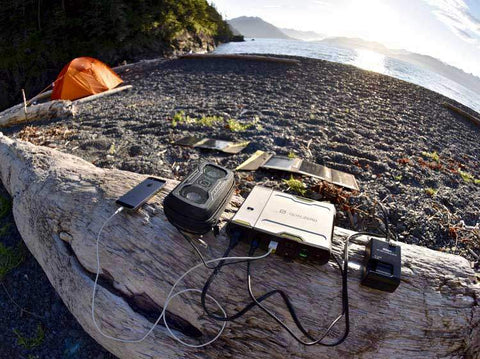KAYAKING PRINCE WILLIAM SOUND
KAYAKING PRINCE WILLIAM SOUND
The hundred mile paddle across Prince William Sound is a right of passage for Alaska kayakers. Like most big adventures in AK, it’s a daunting proposition to launch into what locals refer to as both beautiful and terrifying. Sometimes in the same sentence. At it’s best, you can paddle in a t-shirt and shorts, stopping for a lunch break swim on a sandy beach. Otherwise it can bring weather puts the smack down on the toughest steel-clad fishing boats. Our kayaks are crafted of fiberglass and need to be handled with care around the rocks. It’s good that we’ve spent most of our lives being hounded by the weather in mountain ranges around the world. We know how to keep an eye on it and have been spanked enough times to know when to run for cover.
This is one place where it never has to stop raining. On the one hand it makes for some spectacular old growth temperate rain forests. On the other it makes for some cold, wet misery when drawn out for six days. As luck would have it, we came prepared to do battle with the elements and spent most of our days paddling in t-shirts and flip flops. Two days out of the ten brought cooler temps and light rain. The rest was seventy degrees and sunny. We swam nearly every day. Were we really even in Alaska?

About half way to Valdez, we found ourselves smack in the middle of the commercial fishing season. Dozens of seiners jockeyed for position in the sound, dropping nets and circling around to haul in their catch of salmon. The low pitch rumble of their massive diesel engines droned into the night as they kept at it. Watching them work their strategies and cut each other off (or drop nets around each other) became a favorite past time.
We took a short detour up into Shoup Bay for our final night out. The namesake glacier tumbles down out of the mountains and drops ice right into a lagoon. It was a glorious night, full of sunshine, good company and pair of seals knocking each other from the ice flows. We polished off the beer supply (an incredible feat) and toasted a job well done. When we awoke, dark clouds hung low over the jagged ice of Shoup Glacier and a damp chill hung the air. Our seemingly bottomless well of weather karma had finally run dry.

There’s a lot of equipment to keep powered on a remote project like this (cameras, GPS, personal devices) and keeping everything powered for 10 days can be a challenge. The crew used Flip 10’s to power their personal gear while the Sherpa 100 was always maxed out at camp. We were also stoked to try out the new Venture 30, a waterproof 7,800 mAh recharger that was right at home in this environment.

To see more from Matt and Agnes head over to http://www.hagephoto.com/
